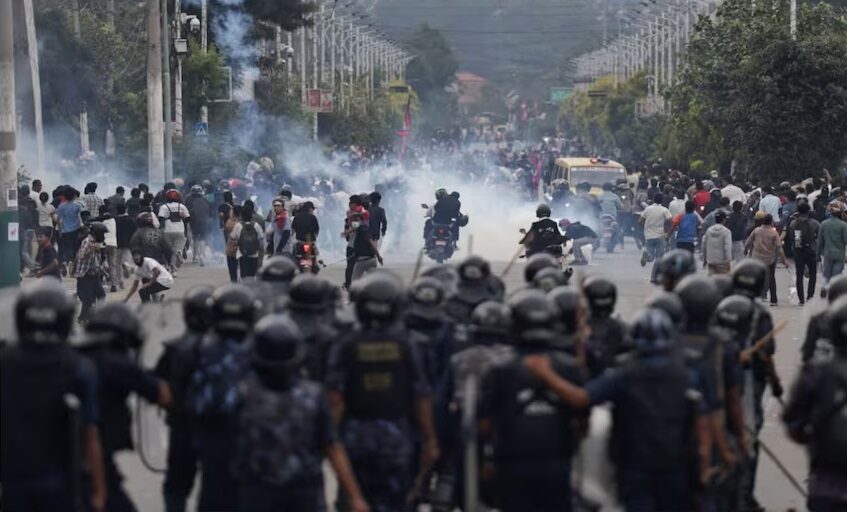Kathmandu. Life insurance business is a business that continues indefinitely. In this business, a business relationship is maintained between the insurer (businessman) and an insured (customer) for five years to three decades.
At first glance, life insurance is also a business like other businesses, but if we look closely at the principles and working style, it is not a business but a trustee or protector. The insured entrusts his savings to the life insurer to invest in various sectors, earn returns and bear the risks in times of trouble. Carrying such a responsibility, life insurance companies fulfill the important responsibility of protecting the savings of the insured sensitively, providing regular and reasonable returns, and also bearing the risk losses when they occur.
The Nepal Insurance Authority has been using various financial remedies to protect the savings of the insured in the life insurance company and maintain its financial capacity to provide immediate compensation to the insured in the event of a disaster.
The life insurance company must airmark (earmark) the amount equivalent to the liability of the insured in the name of the Nepal Insurance Authority. In this regard, the Authority has implemented the Airmark Directive 2081 on Investment in Term Deposits of Insurers. The insurer invests the amount accumulated in the insurance fund in a term deposit in a bank account, and the amount already invested should be temporarily blocked and airmarked in the name of the Authority. And when it is re-used, it can be used only with the approval of the authority. As of mid-December of the current fiscal year 2081.82, the size of the insurance fund of life insurance companies is equal to 737 billion rupees. Most of this amount has been kept safe as fixed deposits in Class A commercial banks.
To ensure that the financial condition of the insurance company is strong, the Nepal Insurance Authority has also made reinsurance arrangements mandatory for each insurer. The risk of an amount exceeding the amount that the insurance company can bear based on its financial resources is entrusted to the reinsurance company. In the event of a claim exceeding the limit that it can bear, the insurer receives claim payment from the reinsurance company. The Authority has implemented guidelines for all insurance companies to select the safest and most reliable reinsurers by classifying them based on international credit ratings to determine their financial strength.
Apart from the safe investment and controlled use of insurance funds, the Authority has also implemented the Risk Based Capital (RBC) system and has required insurers to maintain a risk-based capital fund ratio. This will help life insurers to minimize the negative impact that various types of risks they bear on their financial situation.
The bonus rate received by the insured due to the rate of return of life insurers also fluctuates due to fluctuations in the capital market and interest rates of commercial banks. To prevent such fluctuations from occurring unexpectedly and to keep the bonus rate as stable as possible, the Authority has also made arrangements for future bonus rate provisioning. The provision of at least fifty percent of the amount helps ensure adequate bonuses for the insured and avoid the possibility of unexpected fluctuations in the bonus rate.
The Nepal Insurance Authority has also discouraged any investment that is contrary to the interests of the insured or the insurer and investment that is in conflict of interest by defining what the insurer can and cannot do through the Corporate Governance Guidelines 2080. The Authority is also working on regulation through accounting systems, on-site and off-site monitoring, and full compliance with international financial accounting standards to prevent disruptions in the financial health of insurers.
The Authority has ensured that the savings made by the general public through premium payments in life insurance companies of Nepal are protected through other regulatory provisions, including the above-mentioned provisions made in the policy.























